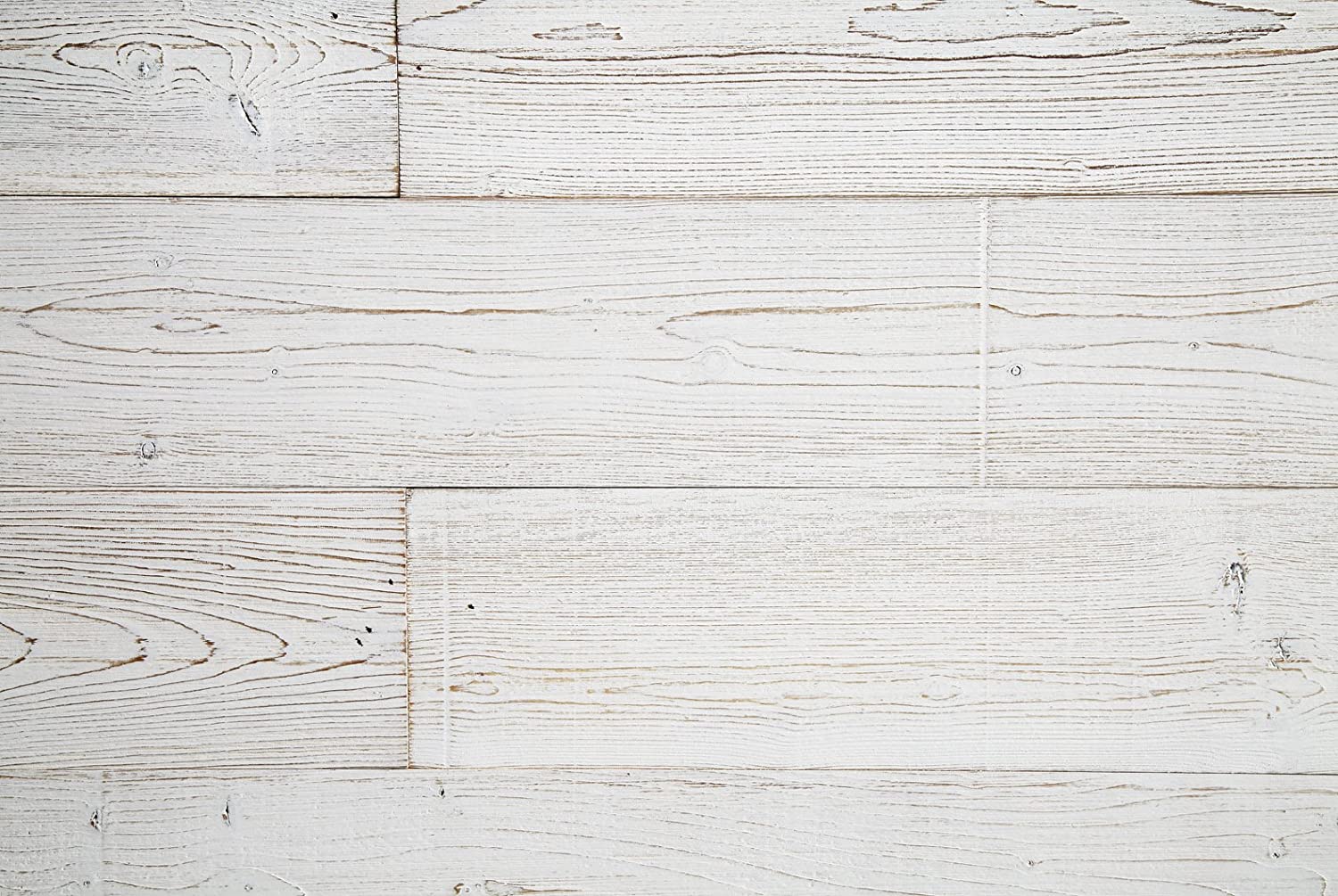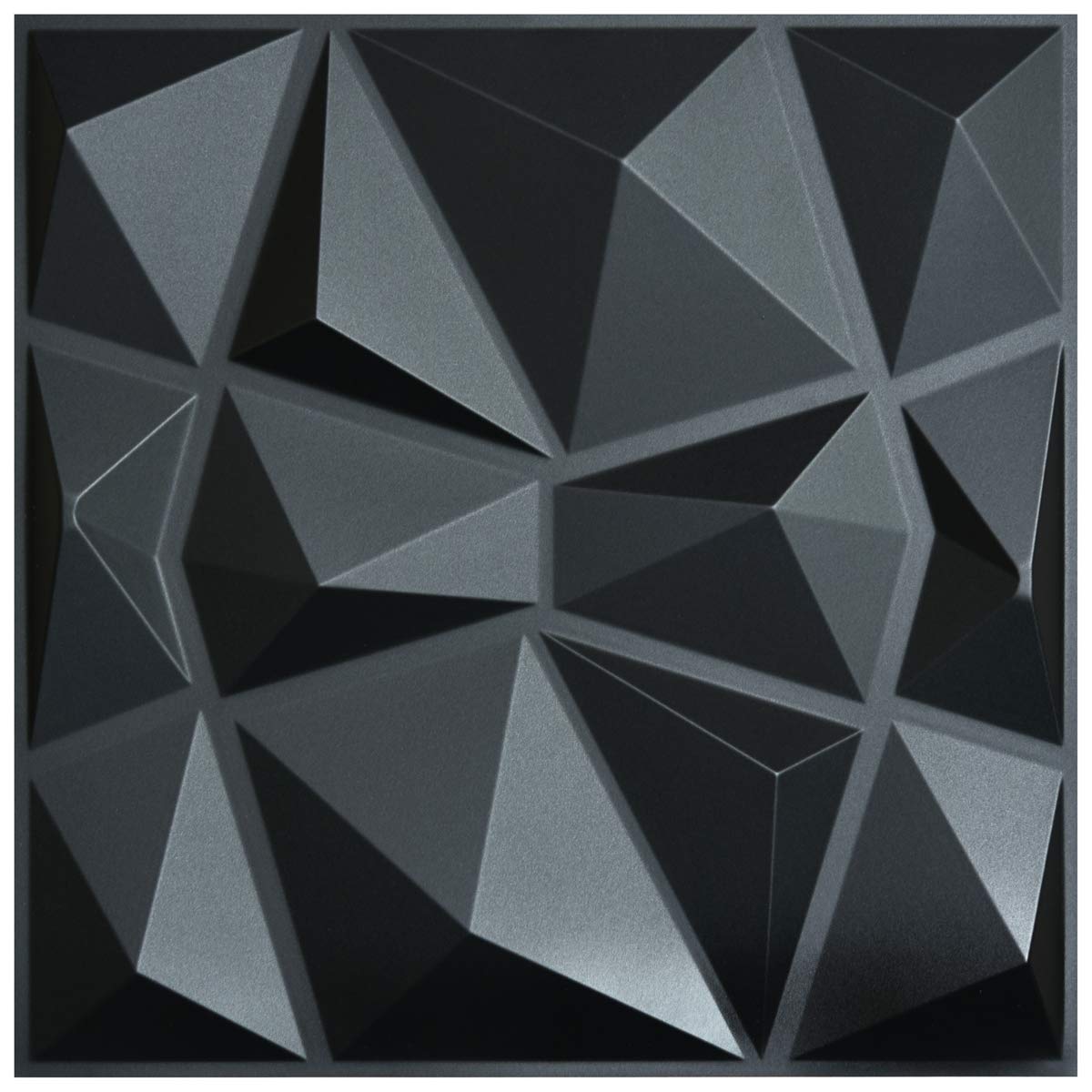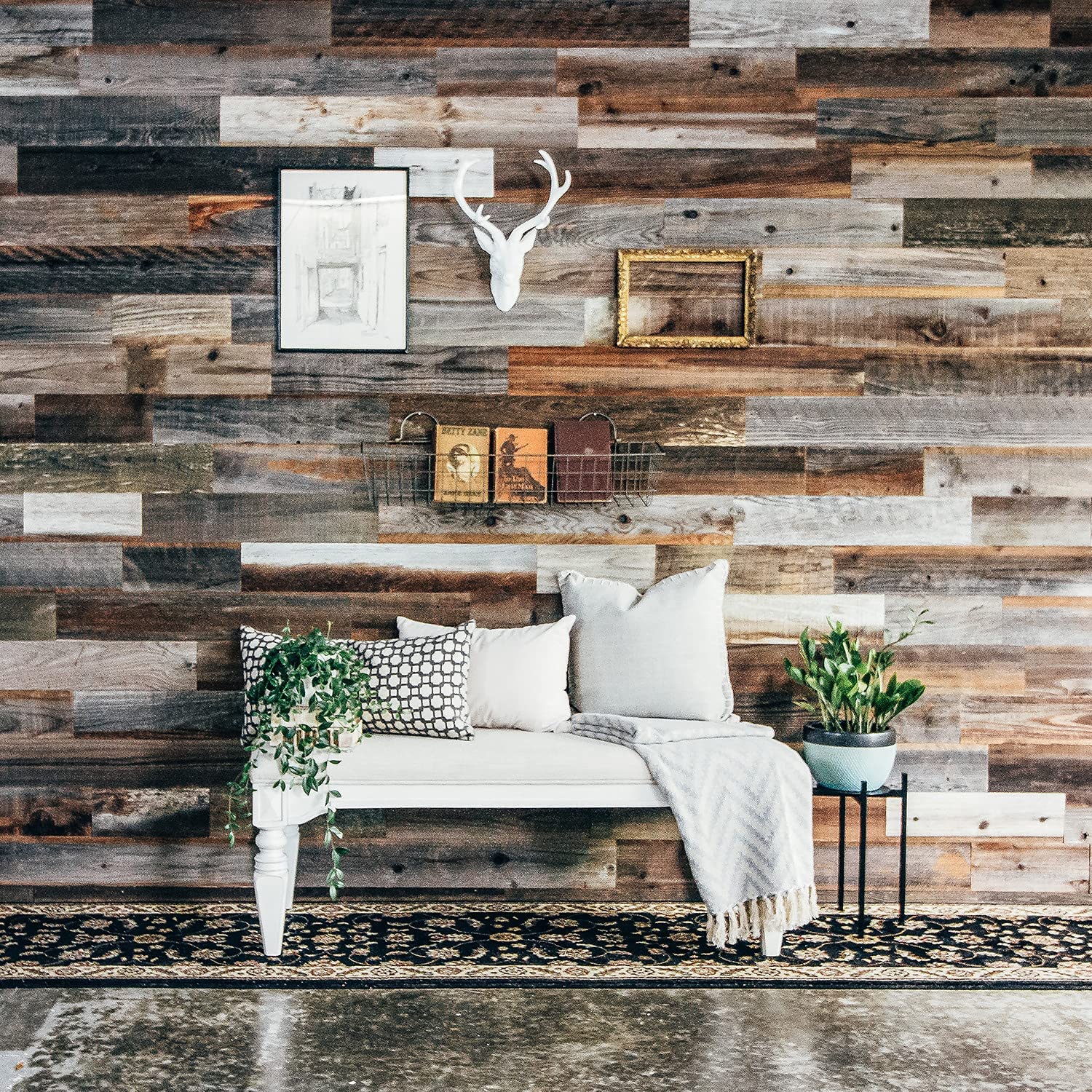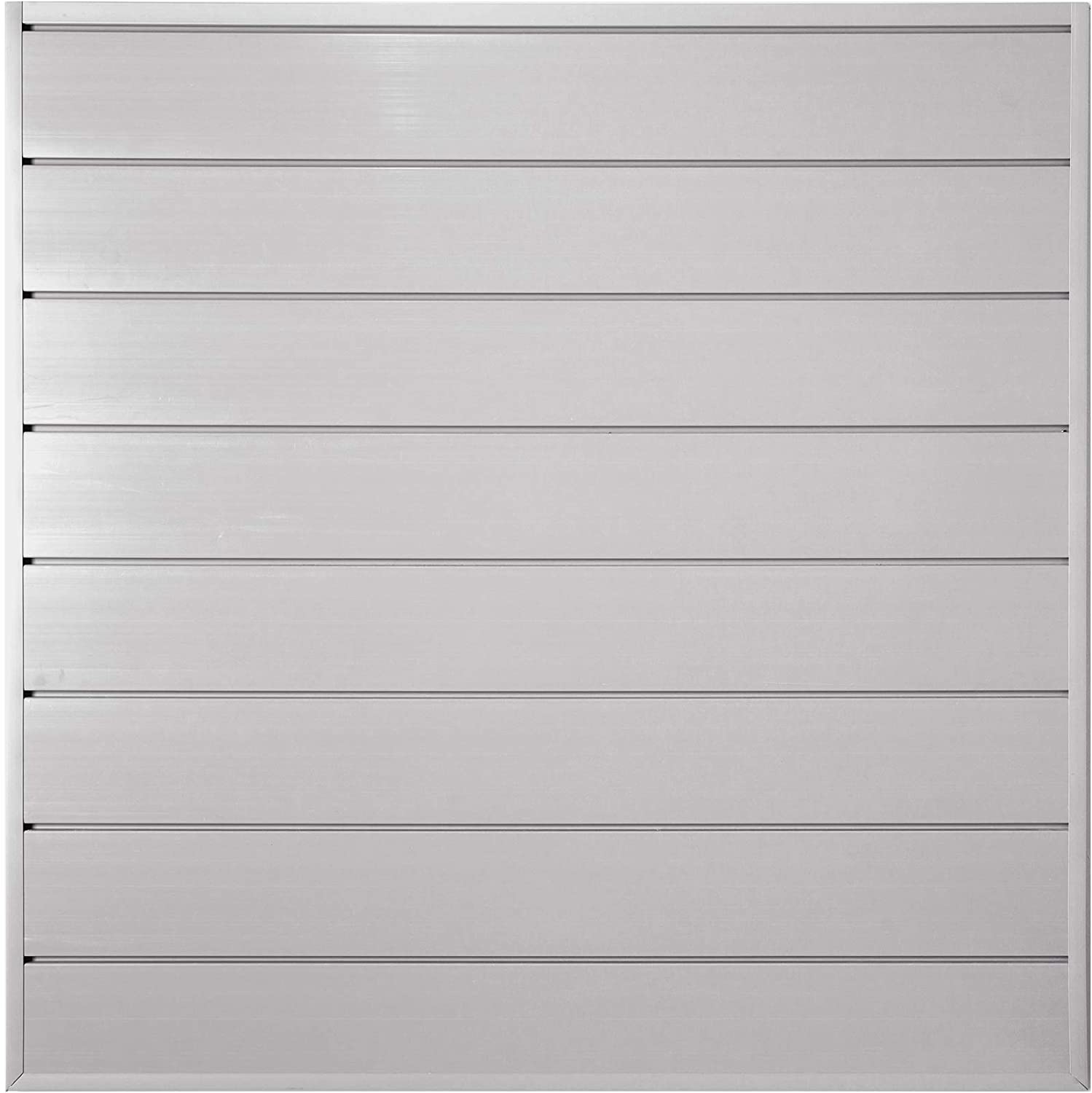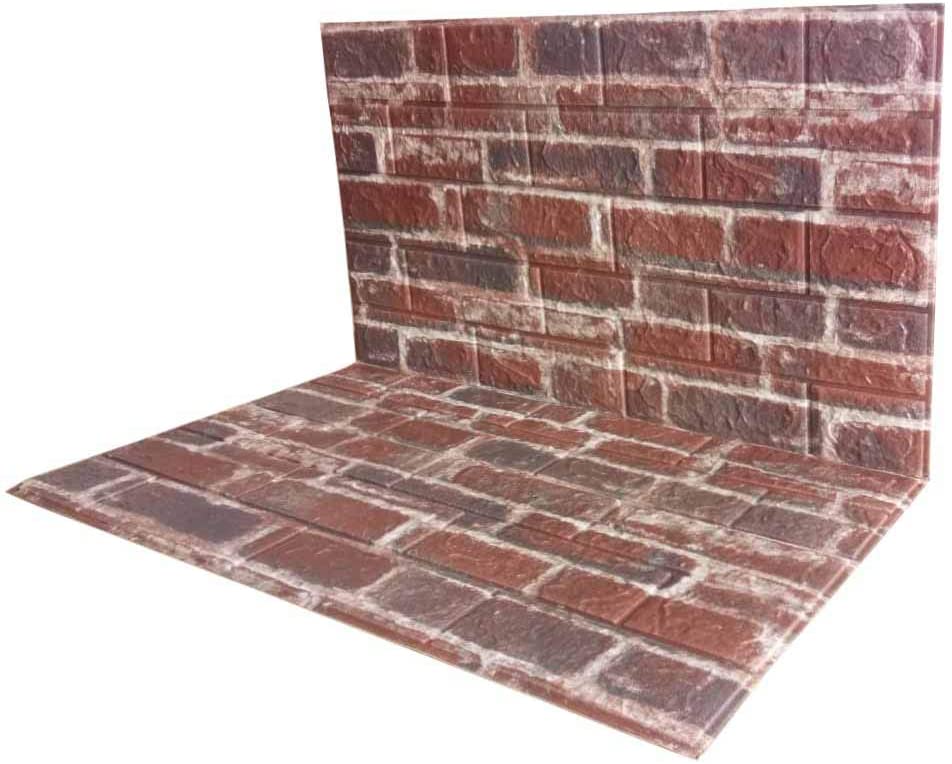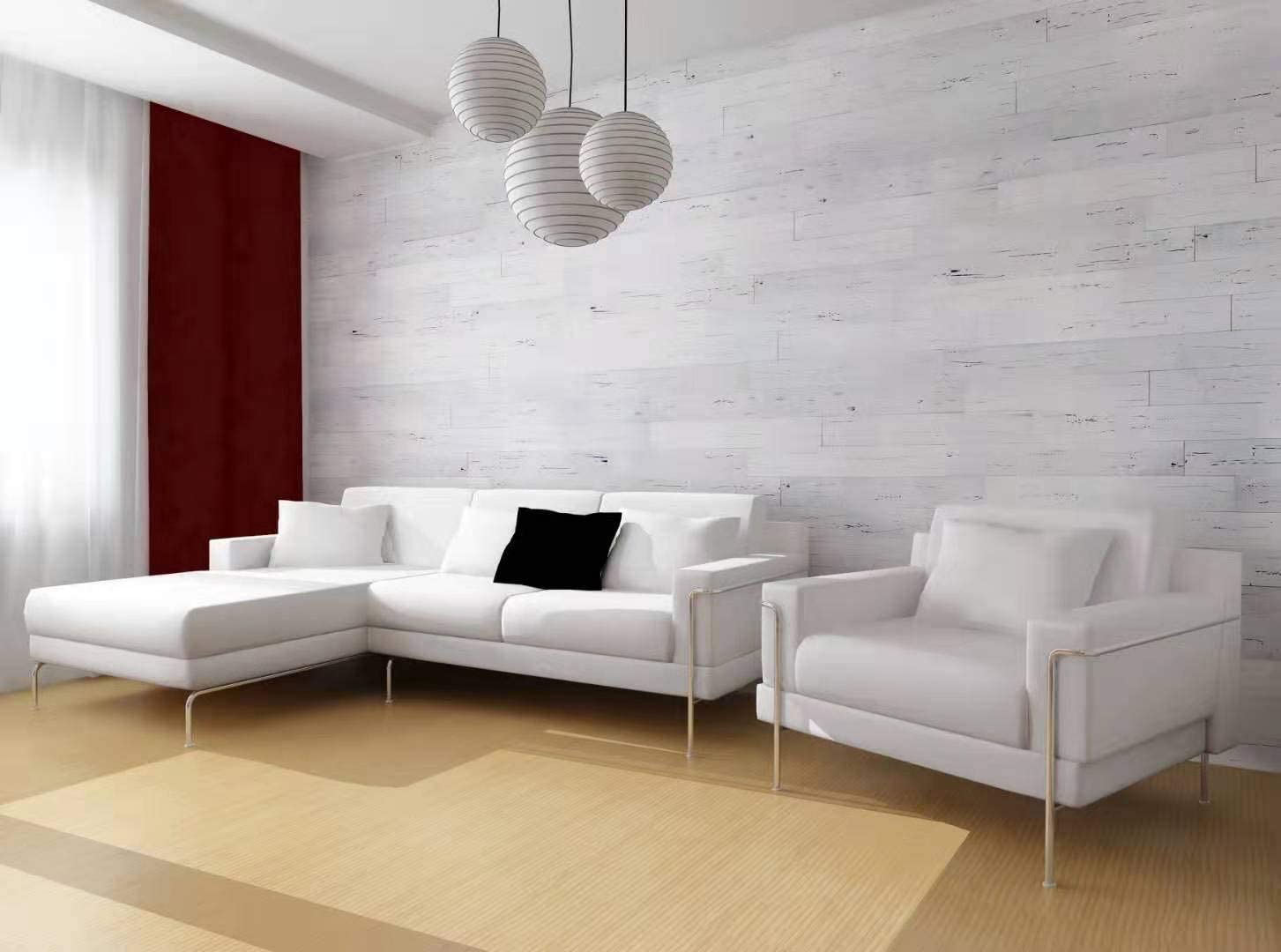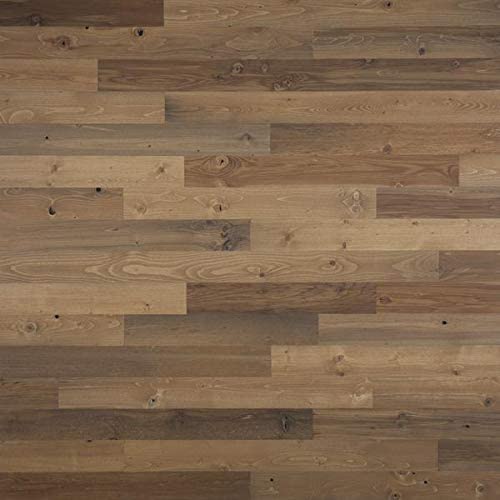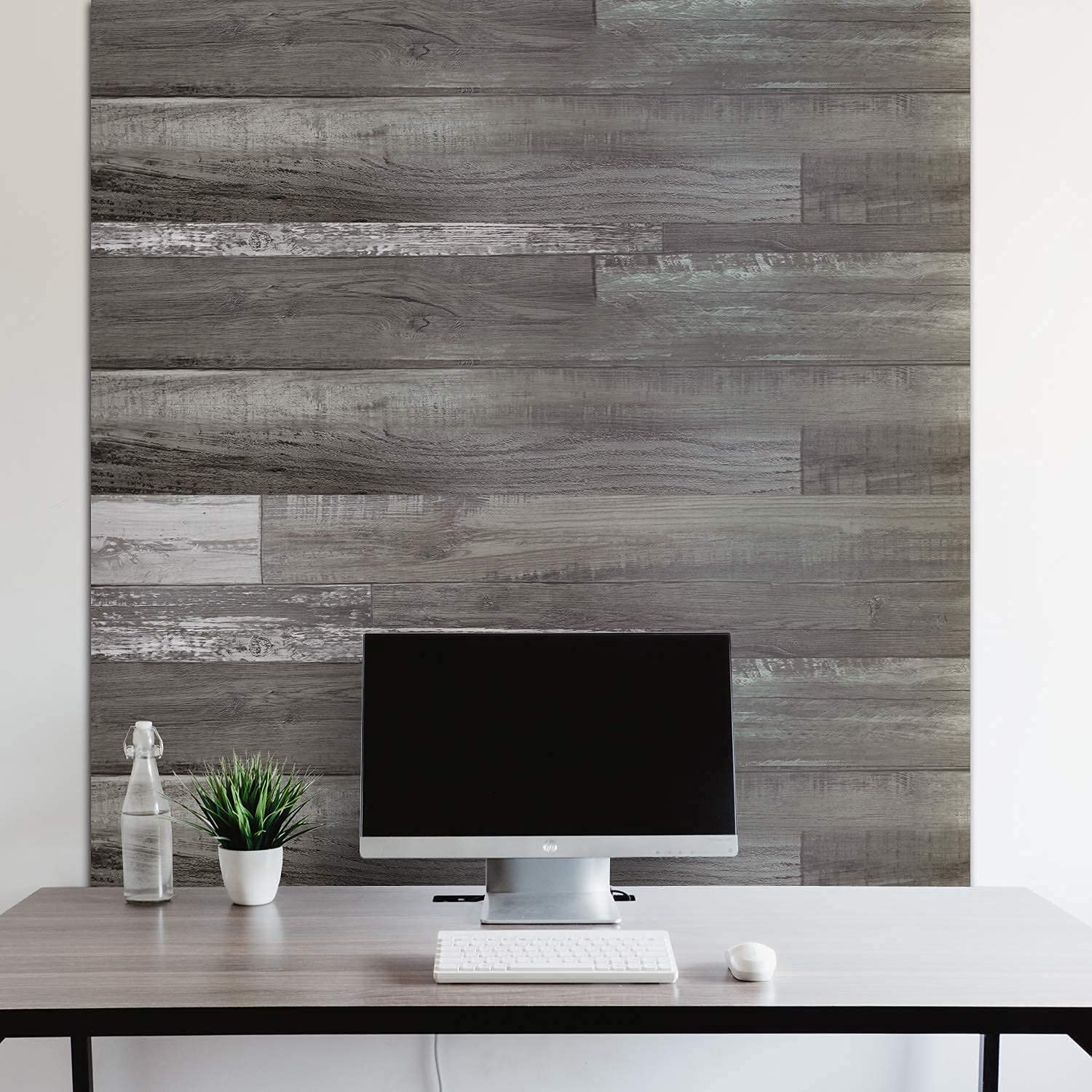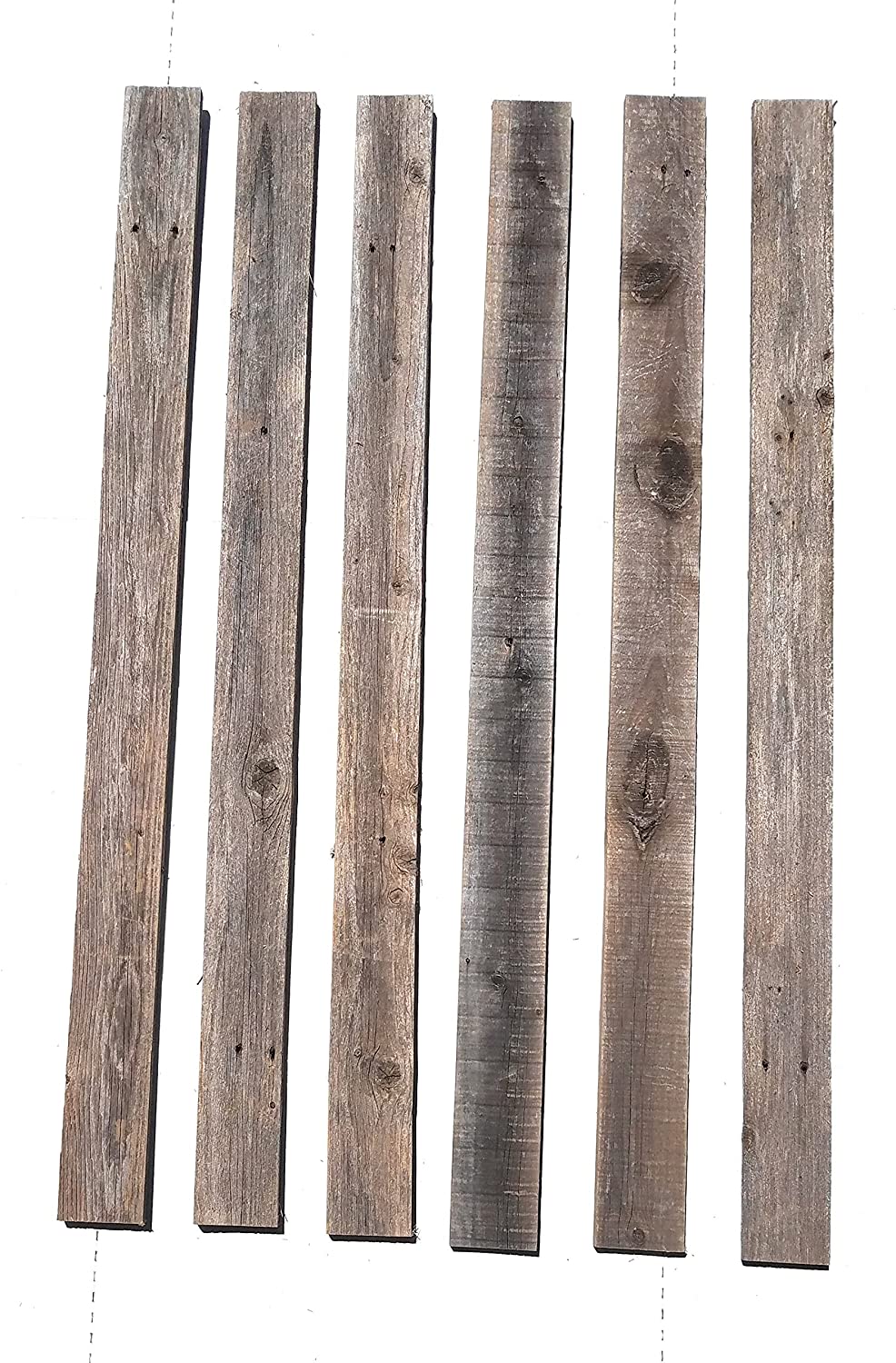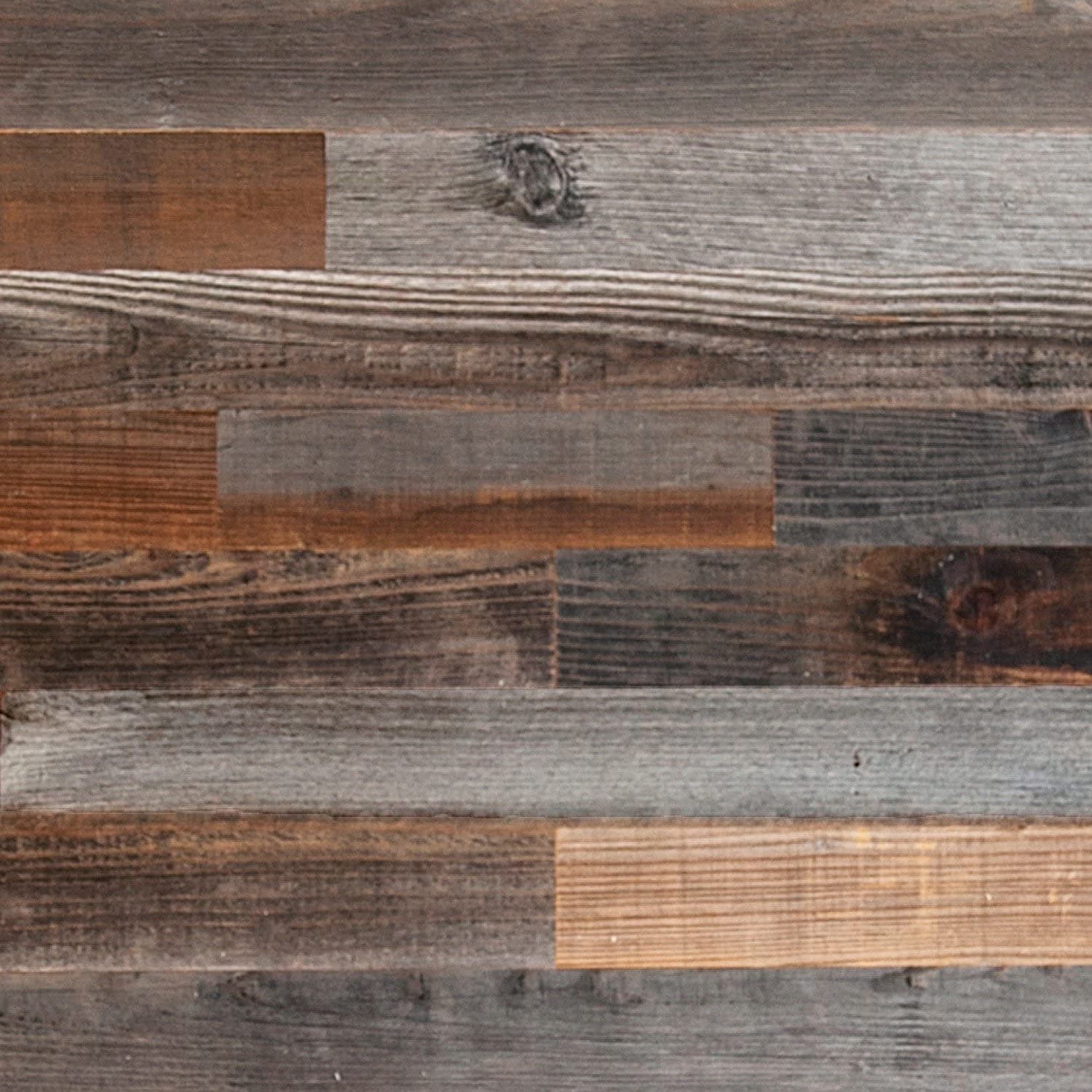WoodyWalls Peel & Stick Wood Plank Wall Paneling
Last updated: May 13, 2022
We looked at the top Wall Panelings and dug through the reviews from some of the most popular review sites. Through this analysis, we've determined the best Wall Paneling you should buy.
Product Details
In our analysis, the WoodyWalls WoodyWalls Peel & Stick Wood Plank Wall Paneling placed 9th when we looked at the top 10 products in the category. For the full ranking, see below.
From The Manufacturer
All WoodyWalls products are made with real wood, presenting authentic design and texture for a beautifully rich finish. Each board is unique, giving your decor a warm and natural look. The product must be used on interior walls only, make sure that your walls have a clean dry and flat surface. If you wish to use our products on a textured surface, in places where the temperature can exceed 125° F. (e.g. near a fireplace or heater) or in rooms that can become damp (e.g. a bathroom), you need additional adhesive. We recommend a high-quality polyurethane construction adhesive be applied to the back of each plank. Apply some small pea-sized dots of adhesive to the back of a full plank. Keep the adhesive a half-inch from the edges. Firmly press the planks into place. If adhesive squeezes out around the planks, be sure to wipe it off before it dries. Use a J ROLLER to apply uniform pressure to ensure adhesion.
